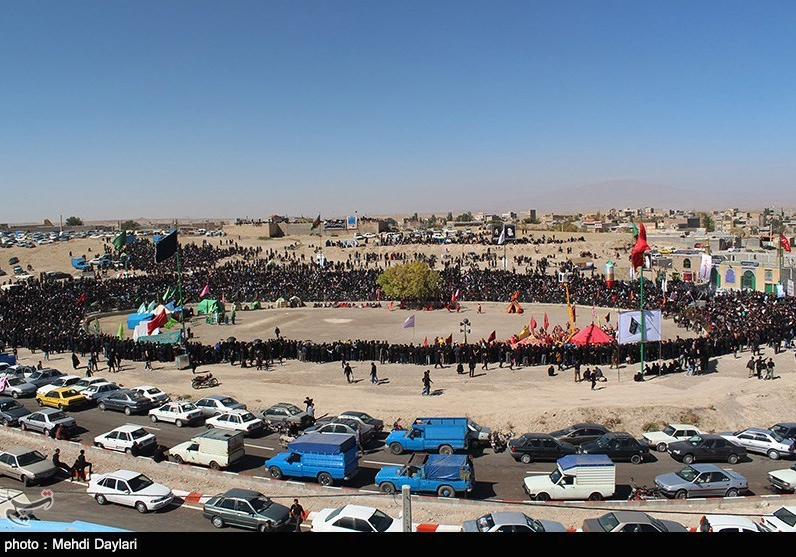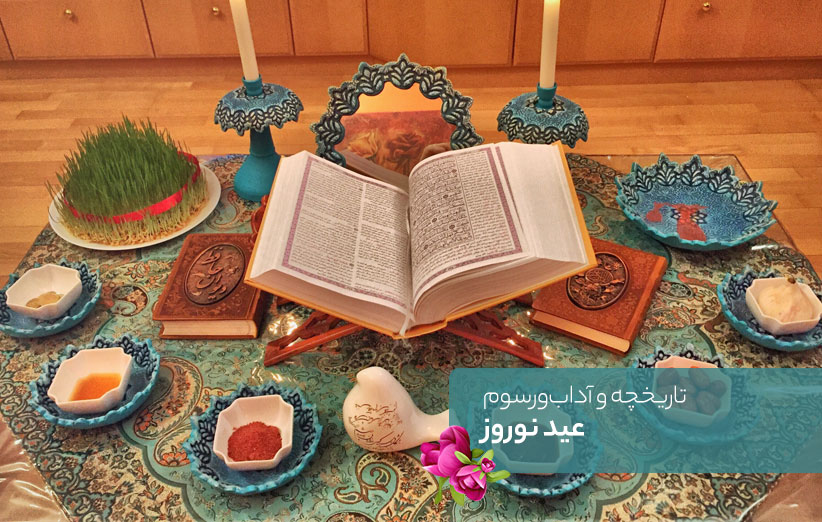
The History of Nowruz
In Iran’s cultural sphere, Nowruz is celebrated as the beginning of spring and the beginning of the new year. Nowruz is an Iranian festivity and heritage from ancient times and has been inscribed as an intangible heritage in the UNESCO list of World Heritage. Due to the fact that the occupation of most people in the ancient society of Iran was agriculture, Nowruz traditions are largely related to agricultural life and the issue of food production. As a matter of fact, Nowruz is the messenger of the revival of nature and Iranian people consider it as an opportunity to visit and meet their relatives and friends.
Mythology of Nowruz
According to legends, Jamshid, the mythical king of Iran, ruled for a thousand years, and all this time, everything went well, people were honest and upright, the weather was mild, there was no sign of famine or drought, and no one grew old.
On the first day of the first month of spring, Jamshid would put on the king’s crown and lean on his throne. As soon as the sun would shine on Jamshid, people would see him sitting on the royal throne and shining like the sun. This scene would create a lot of joy and happiness among the people. They celebrated this day and called it New Day or “Nowruz”. They celebrated for five days of the first month of the year as the time when nature would get revived.
The History of Nowruz
According to the obtained evidence, the inhabitants of the Iranian plateau have been celebrating Nowruz since the third millennium BC. There are some reliable evidences that Nowruz was celebrated in Persepolis during the Achaemenid era (550 to 330 BC) and people and officials celebrated Nowruz everywhere, even in their homes.
Nowruz was celebrated almost all over Iran, even in Mesopotamia. However, there is no evidence Nowruz was celebrated in the eastern half of Iran, where most Zoroastrians lived. Therefore, it can be claimed that the history of Nowruz does not go back to the Zoroastrian tradition. Another evidence that rejects Nowruz belonging to the Zoroastrian tradition is that Nowruz has not been mentioned in the Avesta, the Zoroastrian scripture.
In ancient times, the Iranian calendar had seven summer months and five winter months. People used to honor and celebrate the day which coincided with the early days of November. This day, which was called Mehregan, heralded the end of summer and the beginning of winter, and people's happiness was due to the crops that were harvested in summer and used as winter food sources. There are evidences that show that in addition to Nowruz Eid, the Mehregan festival was also celebrated in the neighboring countries of Iran, among the Semitic people and the Arabs of Medina. According to some historians, at the beginning of the Achaemenid rule, the Mehregan festival was celebrated in Iran, but Darius I (ruled from 522 to 486 BC) determined the beginning of spring as the time for the annual celebration.
Nowruz in the Course of History
During the Achaemenid era, the Shah of Iran used to sit in Persepolis during Nowruz celebrations, in such a way that the sun would shine on his face at sunrise. Of course, in the different calendars that were popular at that time, there were some differences about the first day of the year among the Parthians and the Sassanids. In ancient Iran, people celebrated 12 days of the beginning of the year, and then on the 13th day, they left the house and went to nature to ward off evil.
After the advent of Islam in Iran, too, celebrating Nowruz continued in the old way. The Islamic caliphs were not happy with Iranian Nowruz celebrations because they considered this tradition to be a remnant of pre-Islamic Iran, but Muslim Iranians continued to honor this occasion.
The Seljuqs, who ruled Iran from 1037 to 1194 AD, were of Turkish origin and therefore opposed Nowruz celebrations. During their reign, the Iranian calendar underwent some changes, but the renowned Iranian scholar, Omar Khayyam, designed a precise calendar and marked Nowruz as its beginning.
During the Safavid era (16th to 18th centuries AD), Nowruz celebration was mixed with Islamic traditions. In today’s Iran, Nowruz festivity begins on the first of Farvardin (March 21) and is celebrated every year with elaborate traditions.
In Iran’s cultural sphere, Nowruz is celebrated as the beginning of spring and the beginning of the new year. Nowruz is an Iranian festivity and heritage from ancient times and has been inscribed as an intangible heritage in the UNESCO list of World Heritage.
| Name | The History of Nowruz |
| Country | Iran |
| Type | National |
| Registration | Unesco |
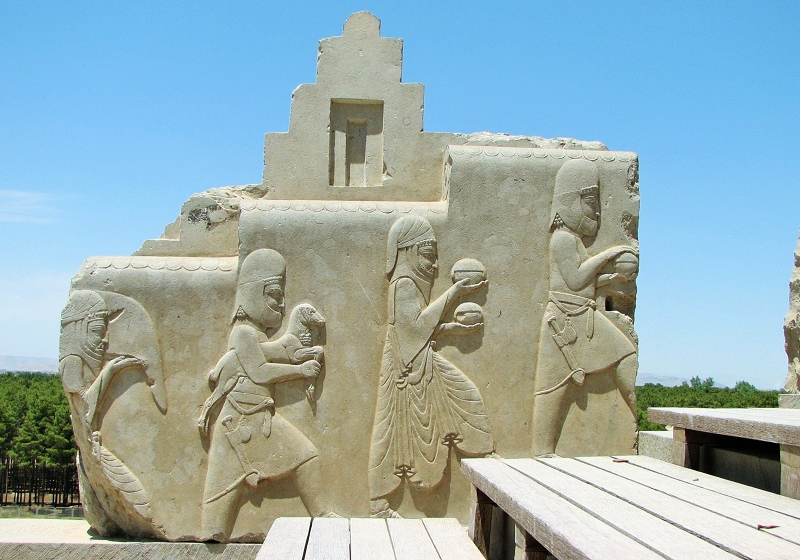

Choose blindless
Red blindless Green blindless Blue blindless Red hard to see Green hard to see Blue hard to see Monochrome Special MonochromeFont size change:
Change word spacing:
Change line height:
Change mouse type:
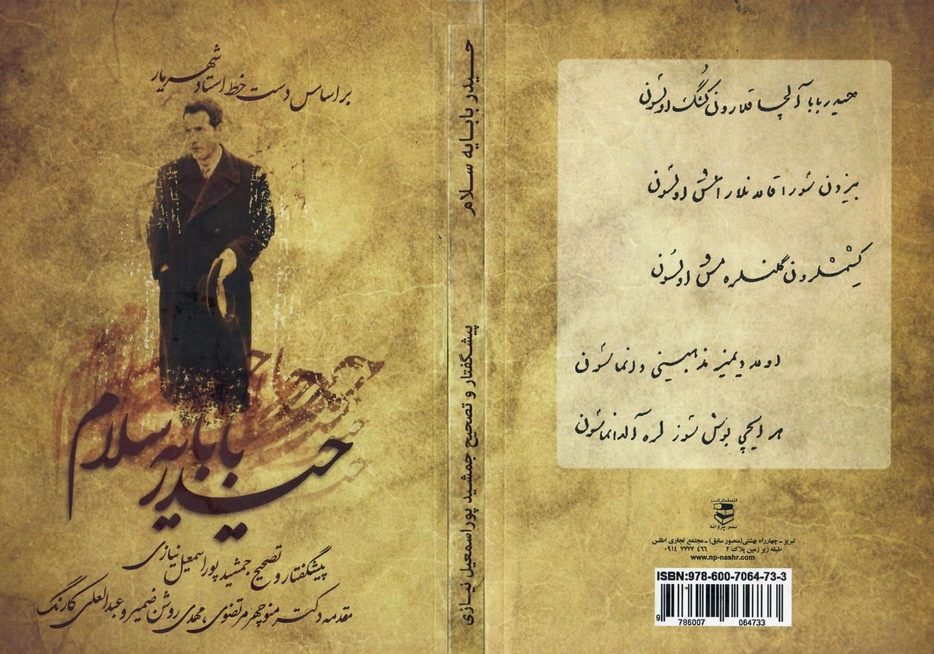
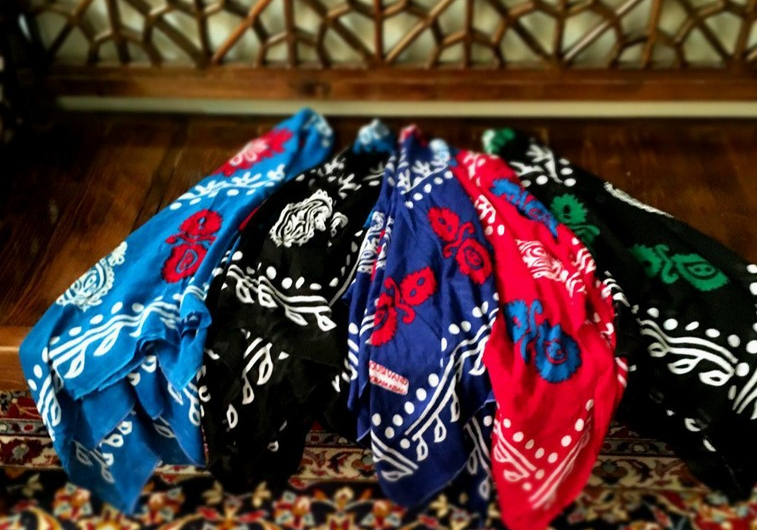

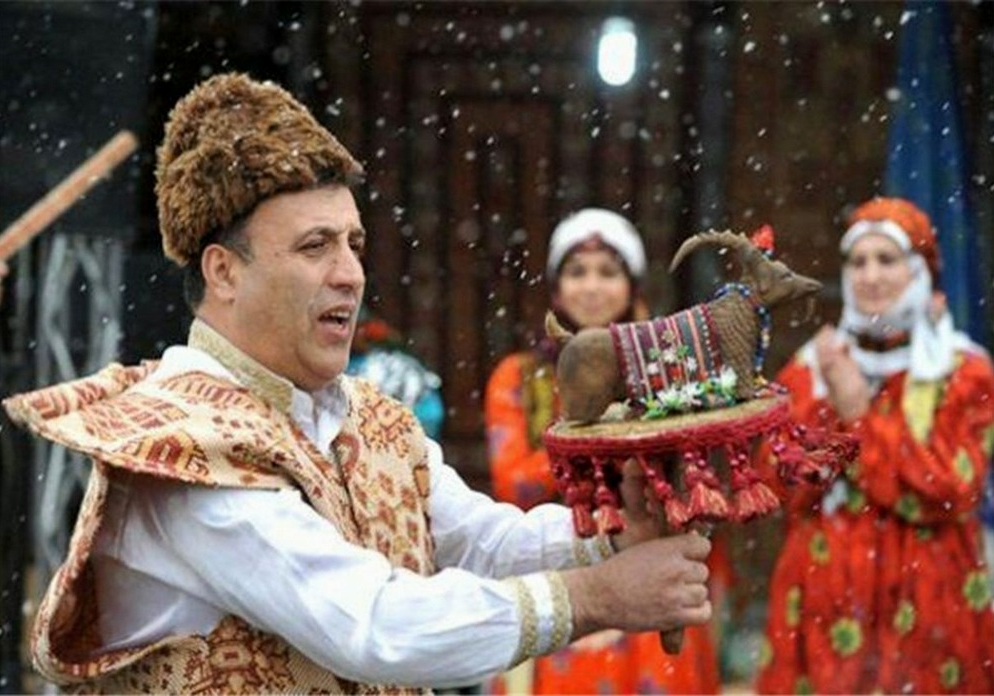
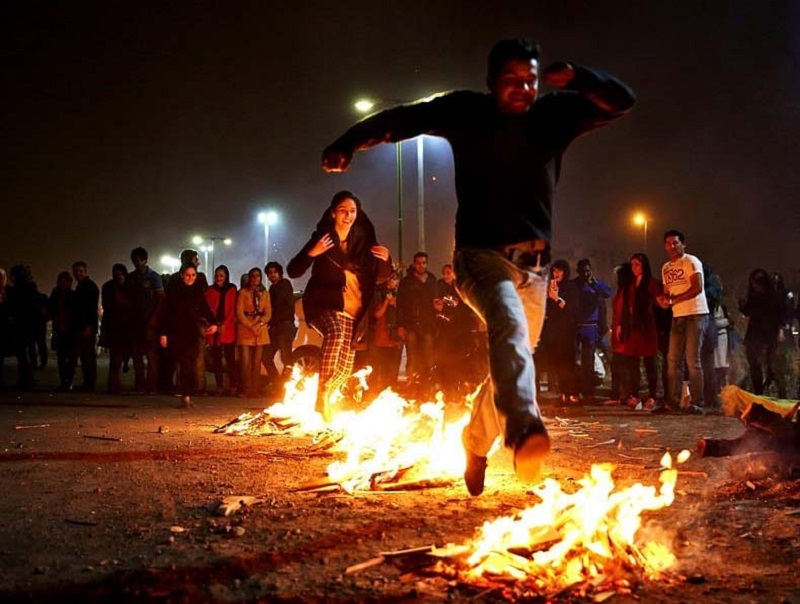
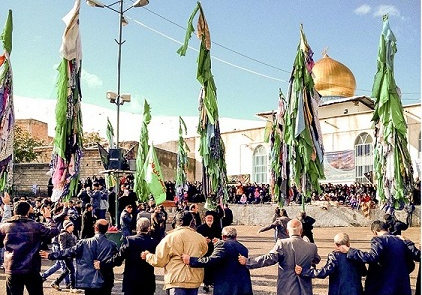


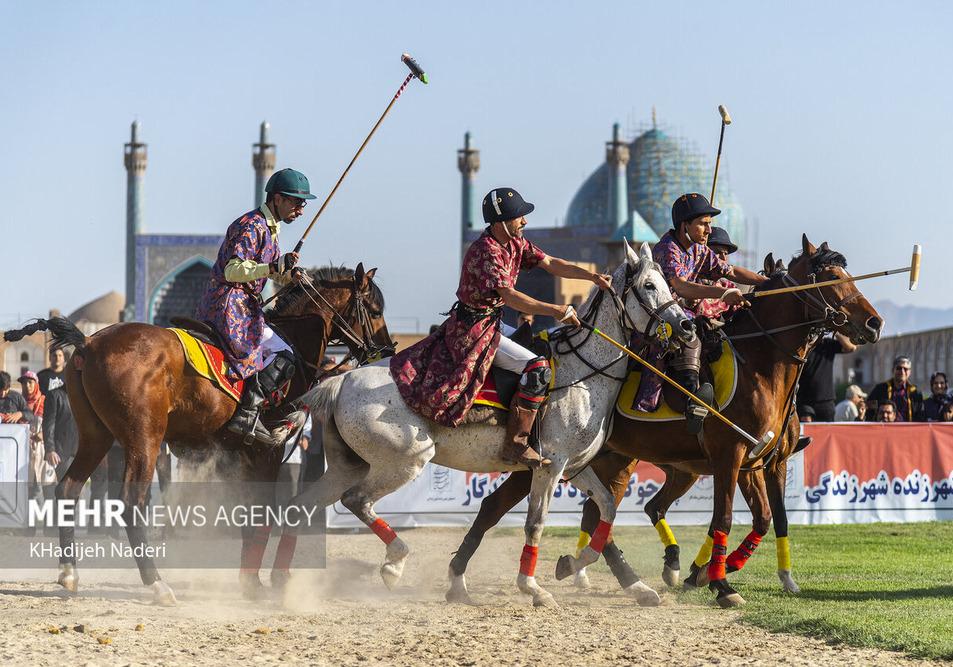

.jpg)


